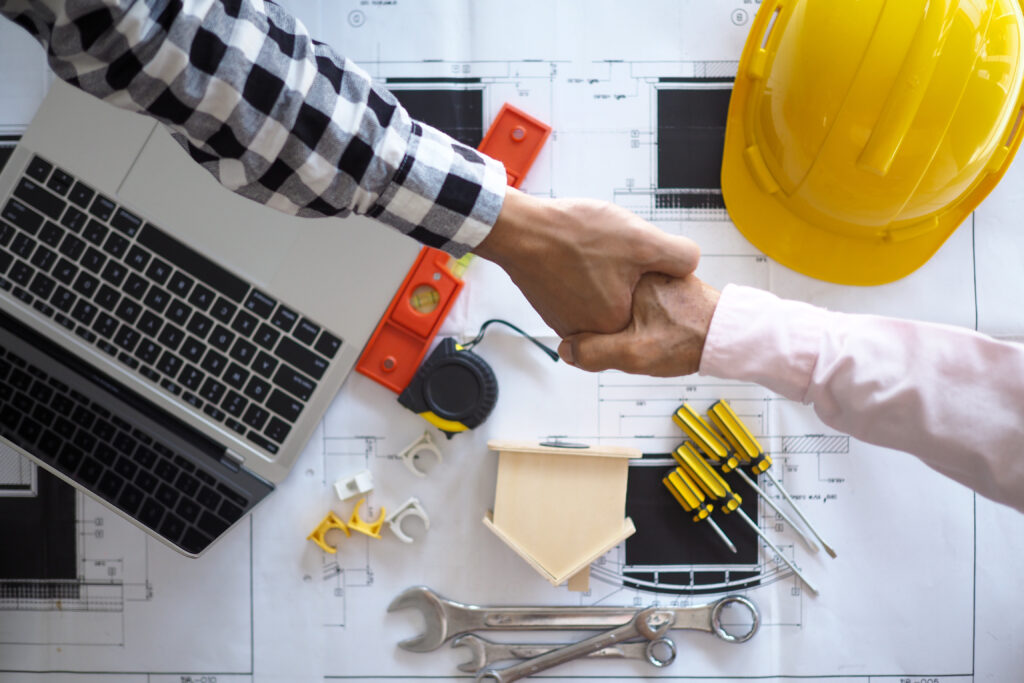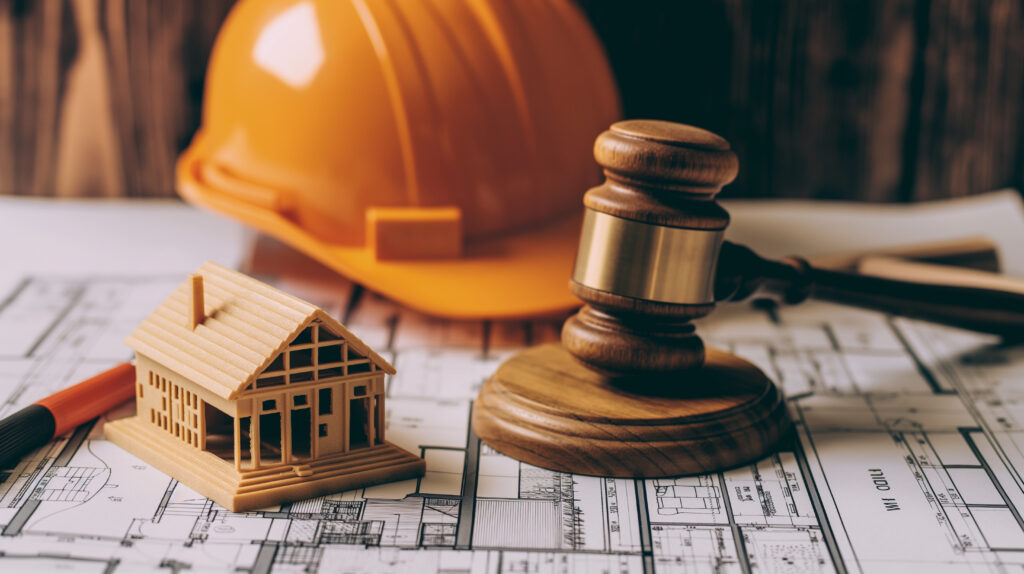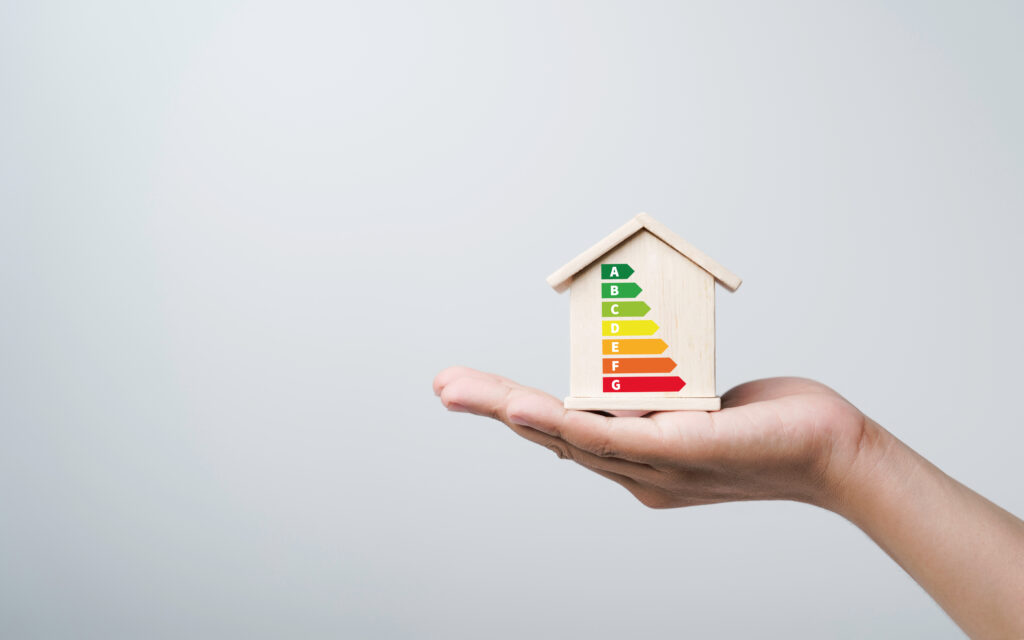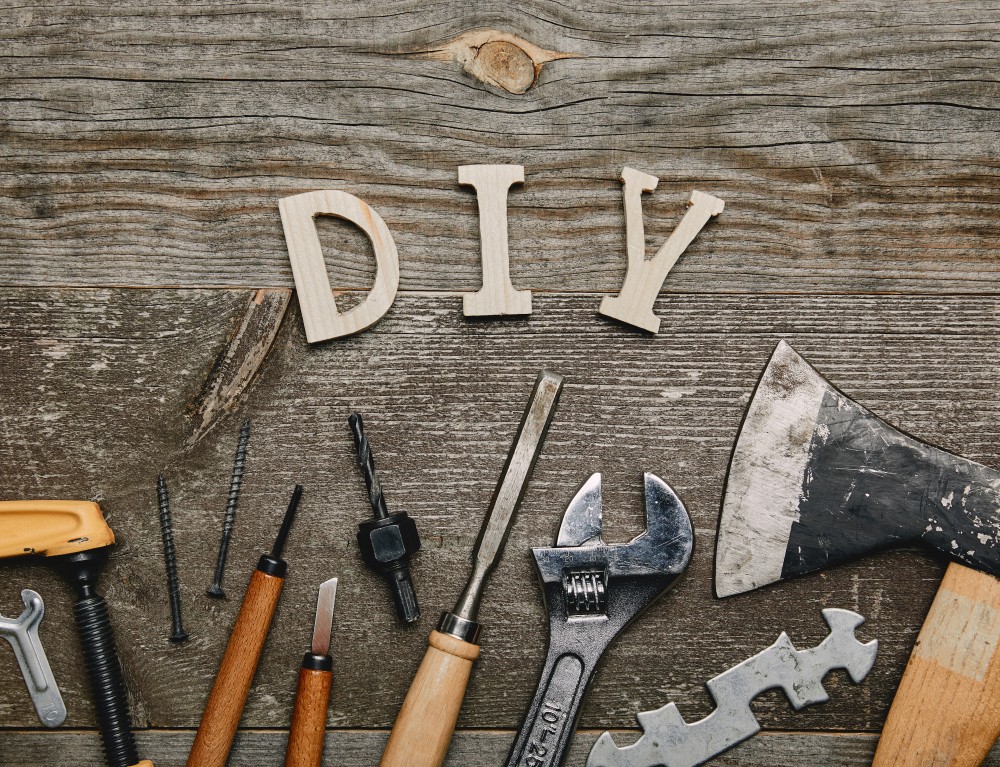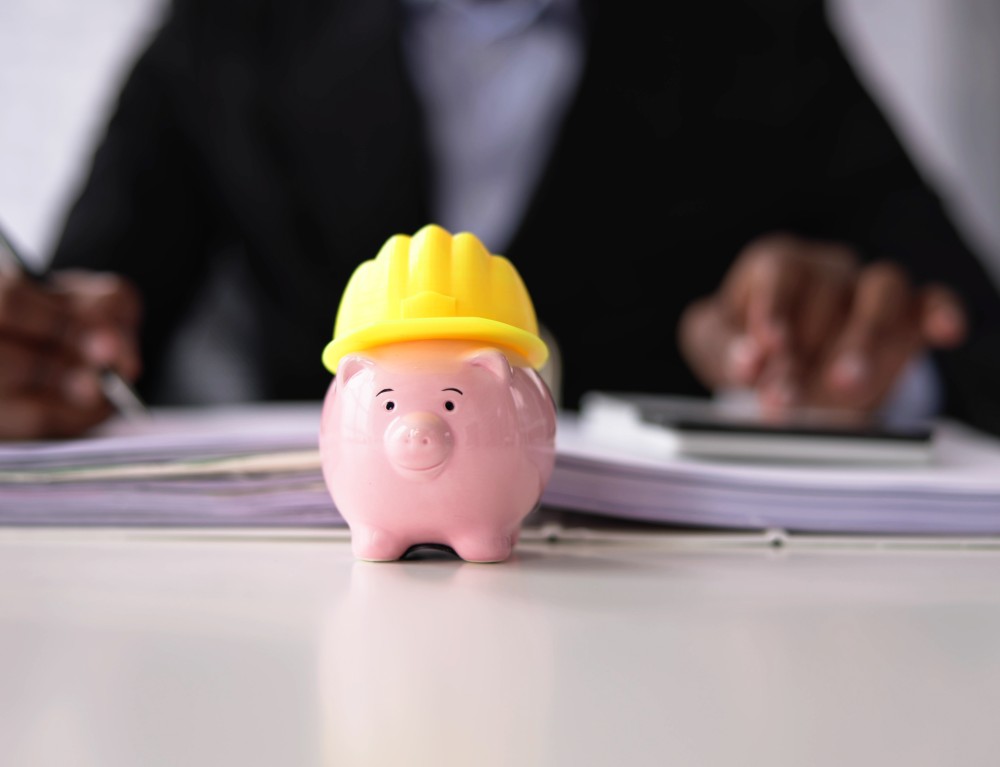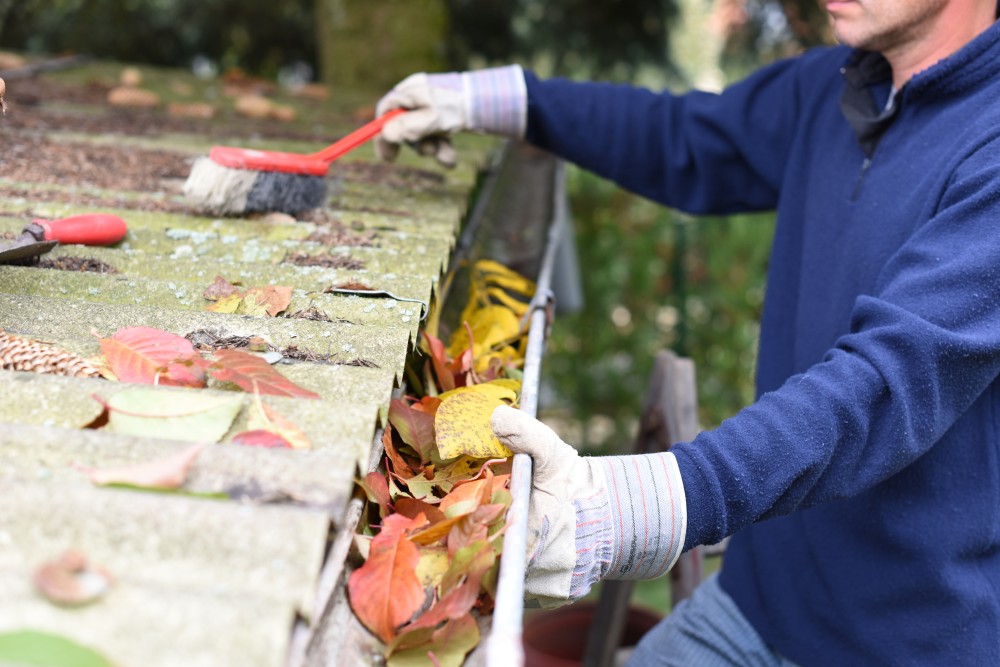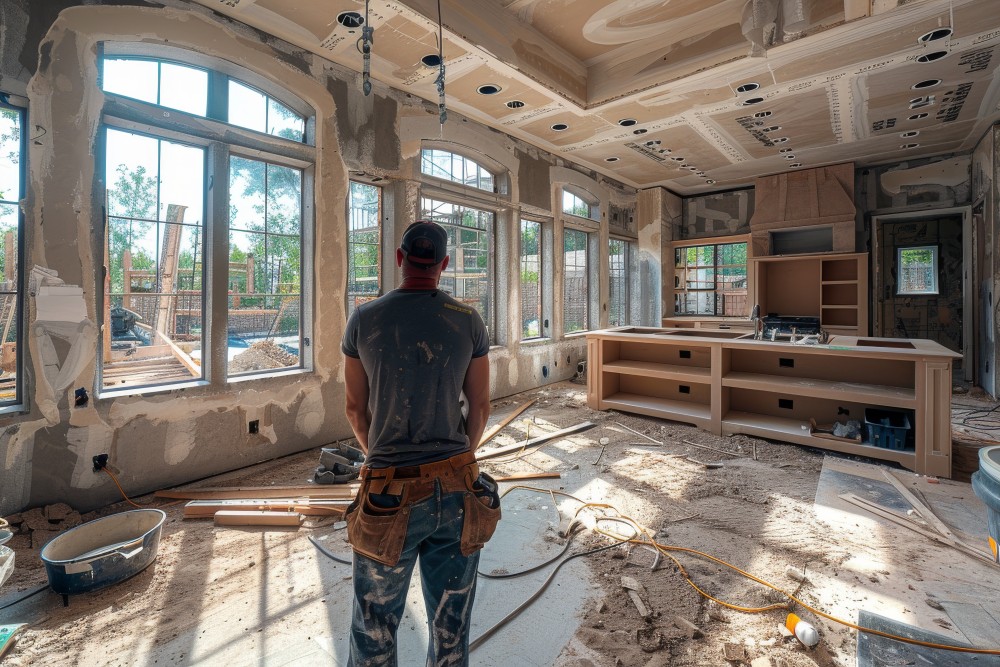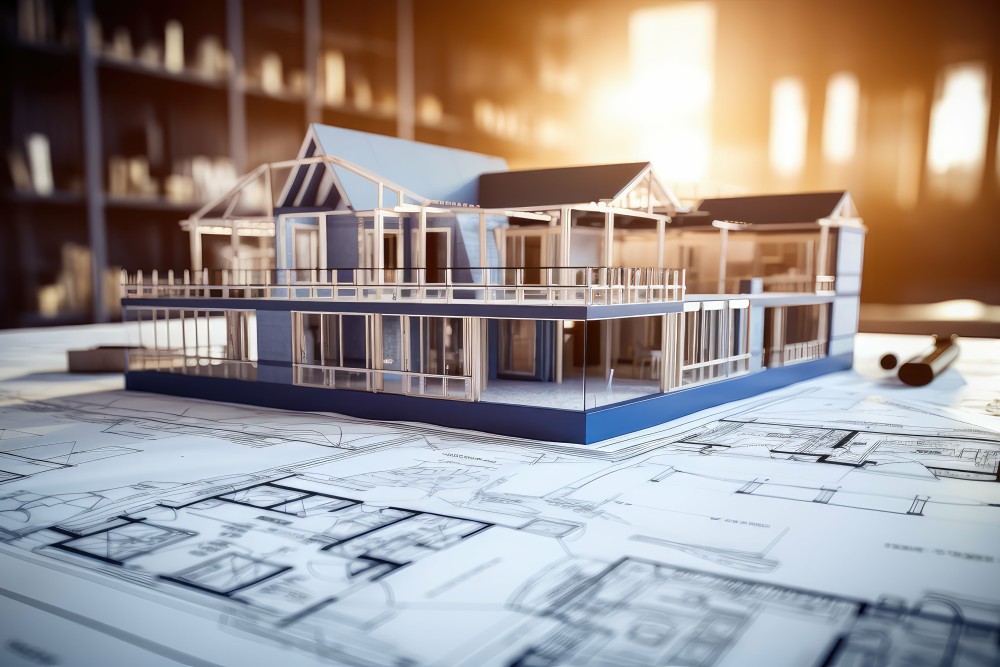Personal Protective Equipment (PPE)
1. Safety Glasses
- Protect Your Eyes: Always wear safety glasses to protect your eyes from dust, debris, and splinters, especially when cutting, drilling, or sanding.
- Types: Choose glasses that offer side protection and are rated for impact resistance.
2. Gloves
- Hand Protection: Use gloves to protect your hands from cuts, abrasions, and chemical exposure.
- Material: Select gloves based on the task—leather for heavy-duty work, rubber for handling chemicals, and cut-resistant gloves for sharp tools.
3. Hearing Protection
- Prevent Hearing Loss: Wear earplugs or earmuffs when using loud power tools to prevent hearing damage.
- Noise Levels: Use hearing protection if the noise level exceeds 85 decibels.
4. Dust Masks and Respirators
- Respiratory Protection: Use dust masks to protect against inhaling dust and particles. For painting or working with toxic substances, use a respirator.
- Fit and Type: Ensure the mask or respirator fits properly and is appropriate for the contaminants.
5. Hard Hats
- Head Protection: Wear a hard hat when working in areas with potential overhead hazards, such as falling debris or low ceilings.
- Fit: Ensure the hard hat fits snugly and is worn correctly.
Join HICP Homeowner’s Alliance
Connect with experts, get special discounts and enjoy member benefits
Safe Work Practices
1. Use Proper Tools
- Tool Selection: Use the right tool for the job to avoid accidents and ensure efficiency.
- Tool Condition: Regularly inspect tools for damage and ensure they are well-maintained and sharp.
2. Follow Instructions Carefully
- Manufacturer’s Guidelines: Always read and follow the manufacturer’s instructions for tools, equipment, and materials.
- Step-by-Step Approach: Break tasks into manageable steps and proceed methodically.
3. Keep the Workspace Clean and Organized
- Clutter-Free Zone: Maintain a clean and organized workspace to reduce the risk of trips, falls, and other accidents.
- Proper Storage: Store tools and materials safely when not in use.
4. Know Your Limits
- Skill Level: Be honest about your skill level and avoid tasks beyond your expertise.
- Seek Help: Don’t hesitate to seek help or hire a professional for complex or hazardous tasks.
Specific Safety Tips
1. Electrical Safety
- Power Off: Always turn off the power at the circuit breaker before working on electrical systems.
- Proper Tools: Use insulated tools and wear rubber-soled shoes when working with electricity.
- Avoid Water: Never work with electrical systems in wet or damp conditions.
2. Ladder Safety
- Stable Surface: Place ladders on stable, level surfaces and ensure they are fully opened and locked in place.
- Three-Point Contact: Maintain three points of contact (two hands and one foot or two feet and one hand) when climbing.
- Height Limit: Avoid standing on the top two rungs of a ladder.
3. Handling Hazardous Materials
- Proper Ventilation: Ensure adequate ventilation when working with paints, solvents, and other chemicals.
- Read Labels: Follow safety instructions on labels and use the recommended PPE.
- Safe Disposal: Dispose of hazardous materials according to local regulations.
4. Proper Lifting Techniques
- Lift with Legs: Use your legs, not your back, to lift heavy objects. Bend at the knees and keep your back straight.
- Avoid Overloading: Do not attempt to lift objects that are too heavy for you. Use mechanical aids or get help.
Emergency Preparedness
1. First Aid Kit
- Stocked and Accessible: Keep a well-stocked first aid kit in your workspace and know how to use its contents.
- Basic Training: Familiarize yourself with basic first aid procedures.
2. Fire Safety
- Extinguishers: Keep a fire extinguisher nearby, especially when working with flammable materials or tools that generate heat.
- Smoke Alarms: Ensure smoke alarms are installed and functional in your workspace.
3. Emergency Contacts
- List of Numbers: Have a list of emergency contact numbers readily available, including local emergency services, poison control, and a trusted friend or family member.
Conclusion
Safety should always be a top priority in any DIY home improvement project. By wearing the appropriate personal protective equipment, following safe work practices, and being prepared for emergencies, you can minimize risks and ensure a successful project. Remember to know your limits and seek professional help when necessary. Taking these precautions will not only protect you but also ensure the quality and success of your home improvement endeavors. Happy and safe DIYing!


